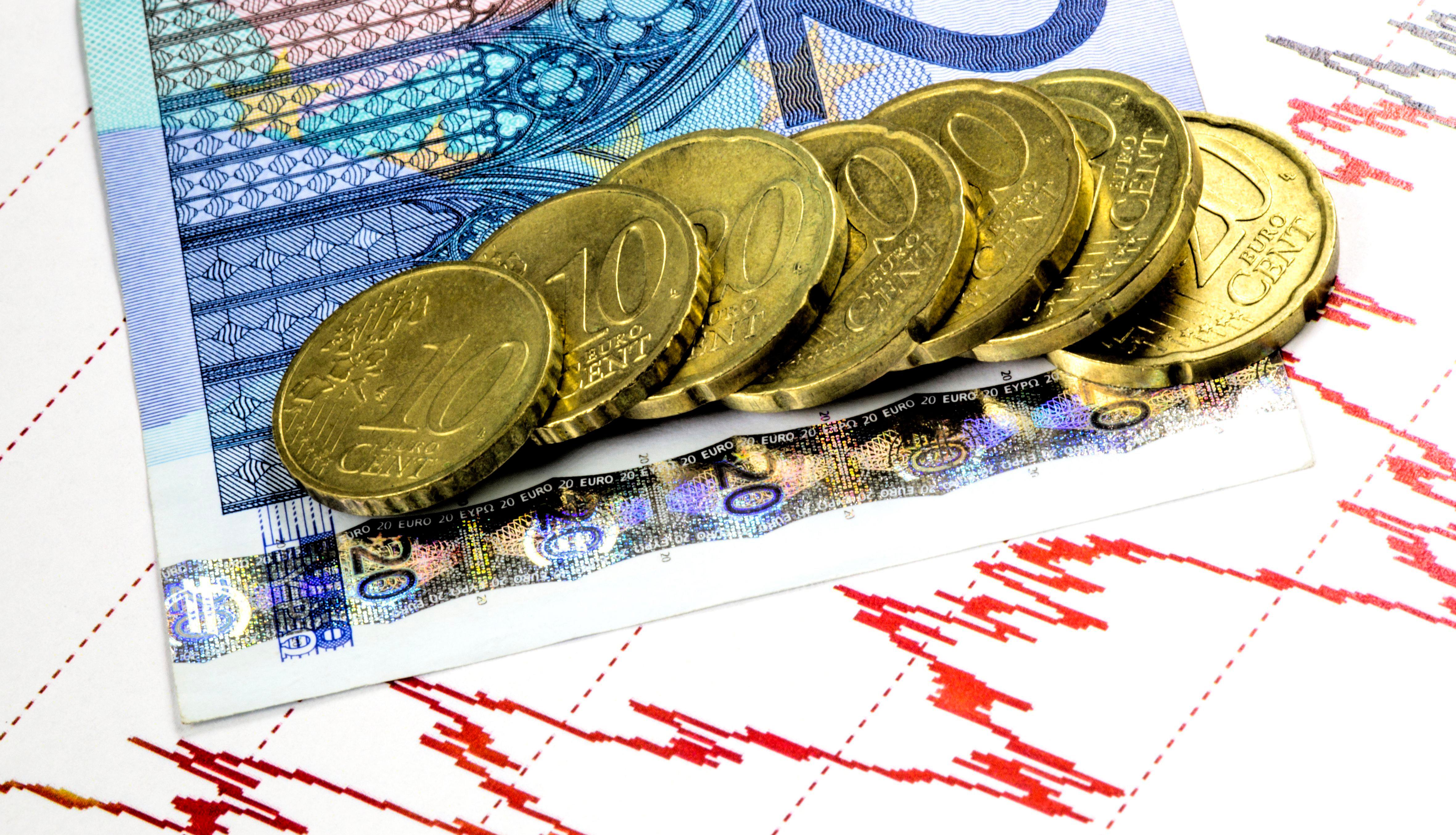Looking back over the history of statistics, we find that they originate in the late 17th century, around the time when the scientific revolution in the natural sciences was really gathering momentum. After the religious wars that tore Europe apart through the middle decades of the 17th century, statistics offered decision-makers and rulers and monarchs the opportunity to understand their populations and to understand the resources at their disposal in ways that were more scientific. At least that was the promise of statistics: that it would be possible to apply a similarly mathematical or quantitative perspective to human activities as natural sciences, such as astronomy, physiology and the study of botany, had already applied to nature. This meant that it would be possible to start to view economic life or the health of the population in terms of processes that had a certain kind of mathematical pattern to them, and could be predicted in certain ways.
By the end of the 18th century, this had given birth to the field that we now recognise as political economy, and a hundred years after that, what we now recognise as economics, which involves a certain degree of mathematical modelling to understand the outcomes of various different public policies, of individuals taking decisions in marketplaces and what that will do to prices and so on.


